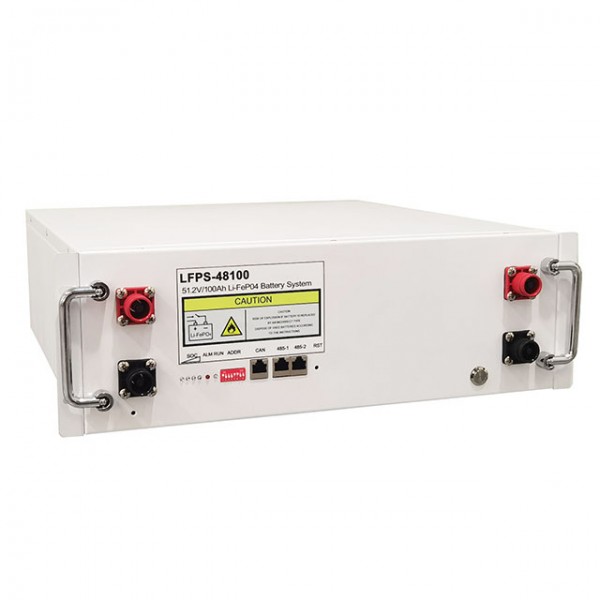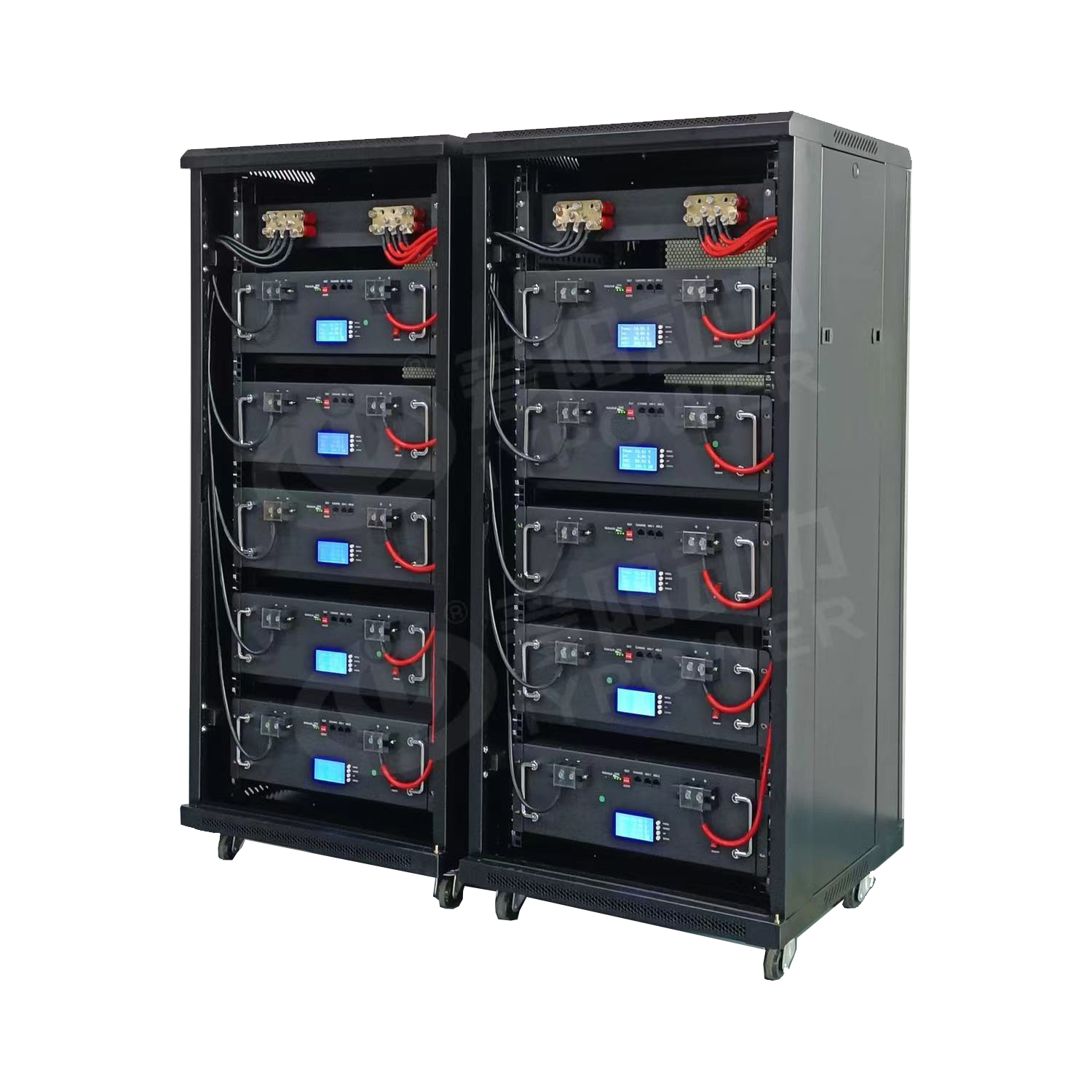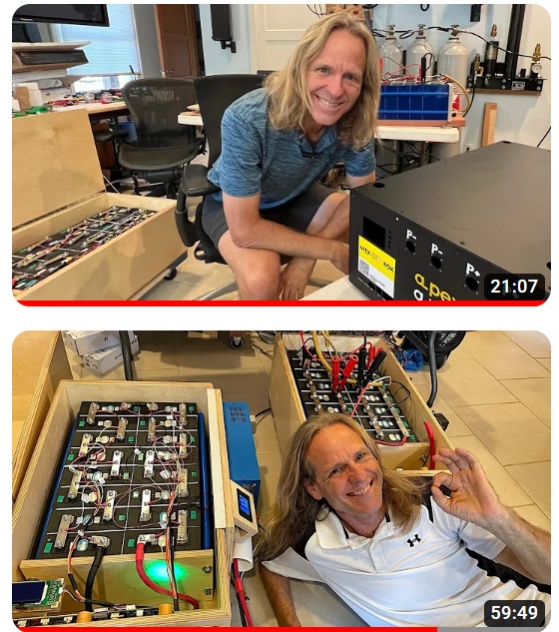In my mind's eye, I'm imagining these things taking off like an airfoil and becoming part of the swirling debris cloud.
I also kind of wonder about that with roof mounted panels. I've seen a lot go up around here with significant stand-off from the roof. We haven't had a hurricane in a few decades. Wonder what will happen to them. We'll see.
Panels tend to be stronger than roofs in stormy weather.
There was a community in Florida that uses a lot of solar panels. When the hurricane devastated the areas all around them, their panels held strong and gave them power when the regions around them were without.
https://www.upi.com/Top_News/US/202...ar-power-Florida-Babcock-Ranch/5921667486567/
Last edited:



